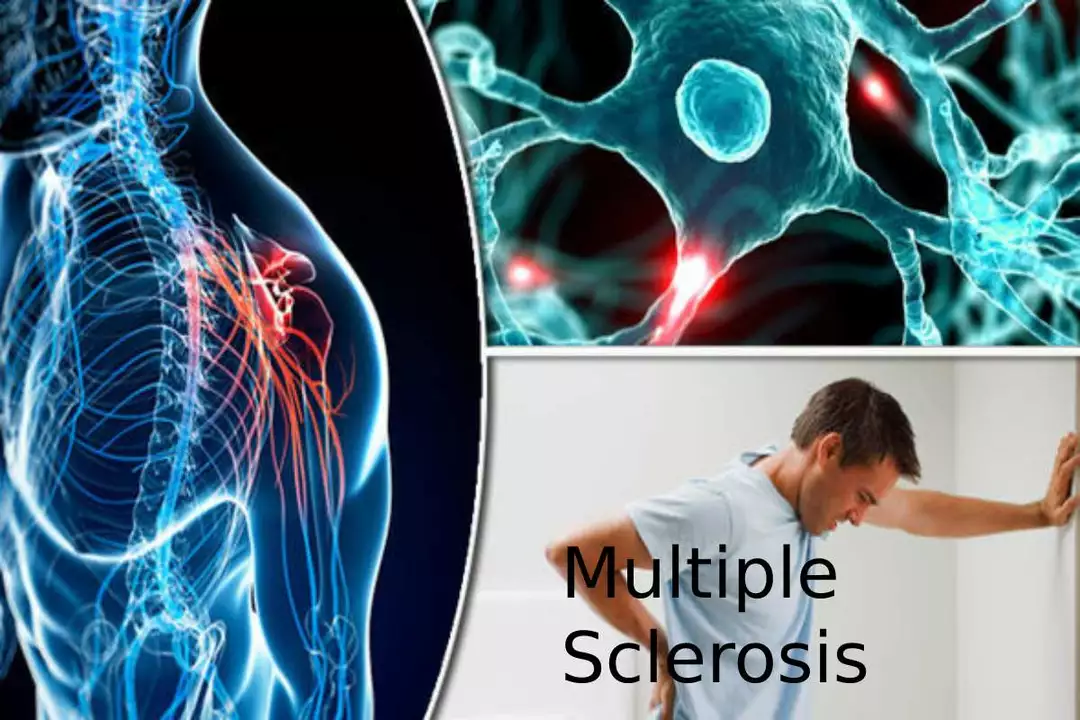Clinically Isolated Syndrome (CIS): What You Need to Know
If a doctor has told you that you experienced a Clinically Isolated Syndrome event, you might be wondering what that actually means. In plain terms, CIS is a single neurological episode—like blurry vision or numbness—that lasts at least 24 hours and points to inflammation in the brain or spinal cord.
People often hear about multiple sclerosis (MS) and assume CIS is the same thing. The key difference is that CIS is just one incident, while MS involves repeated attacks over time. Still, many doctors see CIS as a possible early warning sign of MS, so it’s worth paying attention to what follows.
Common Symptoms and Early Warning Signs
The symptoms you notice depend on which part of the nervous system was affected. The most frequent complaints include:
- Sudden vision loss in one eye or blurred vision
- Numbness or tingling in the arms, legs, or face
- Weakness that makes it hard to walk or lift objects
- Dizziness or a feeling of imbalance
- Painful electric‑shock sensations when moving the neck (Lhermitte’s sign)
If any of these pop up out of nowhere and stick around for at least a day, it’s time to get checked. The symptoms usually fade after a few weeks, but that doesn’t mean the underlying issue is gone.
Diagnosis and Follow‑Up Care
Diagnosing CIS starts with a detailed medical history and a neurological exam. Doctors will likely order an MRI of the brain and spinal cord because it can reveal hidden lesions that aren’t causing symptoms yet. If the scan shows several spots, your risk of developing MS goes up.
A lumbar puncture (spinal tap) might also be on the table. Analyzing the cerebrospinal fluid can spot specific proteins linked to inflammation. Blood tests are used mainly to rule out other conditions that mimic CIS, like infections or vitamin deficiencies.
After a CIS diagnosis, your doctor will discuss monitoring plans. Most people get repeat MRIs every 6–12 months for a few years to see if new lesions appear. If the scans stay clear, many never develop MS.
What Can You Do Now?
While you wait for follow‑up results, there are concrete steps that help protect your nervous system:
- Stay active. Light exercise—walking, swimming, or yoga—keeps blood flowing to the brain and can reduce fatigue.
- Watch your vitamin D levels. Low vitamin D has been linked to higher MS risk. A simple blood test tells you if a supplement is needed.
- Avoid smoking. Smoking increases inflammation and may raise the chance of future attacks.
- Manage stress. Chronic stress can worsen symptoms. Techniques like deep breathing or meditation are easy to start.
If your doctor suggests disease‑modifying therapy (DMT), they’ll explain why early treatment might lower the odds of a second episode. These medications aren’t mandatory, but many patients find peace of mind knowing they’re taking proactive steps.
When to Seek Immediate Help
If you notice sudden worsening—like new vision loss, severe weakness, or trouble breathing—call emergency services right away. Those signs could mean a more serious relapse that needs urgent treatment.
Bottom line: CIS is a single neurological event that can be a clue your body is sending. By staying informed, getting the right scans, and adopting healthy habits, you give yourself the best shot at preventing future problems.
Clinically Isolated Syndrome and the Role of Neurologists
As a blogger, I recently came across the topic of Clinically Isolated Syndrome (CIS) and its significance in the field of neurology. CIS refers to the first episode of neurological symptoms, which may indicate the onset of multiple sclerosis (MS). Neurologists play a crucial role in diagnosing and managing CIS, as early treatment can potentially delay the progression to MS. They conduct thorough evaluations, including MRI scans and lumbar punctures, to determine the likelihood of developing MS. In conclusion, neurologists are essential in handling CIS cases, ensuring timely intervention and better long-term outcomes for patients.
© 2025. All rights reserved.

